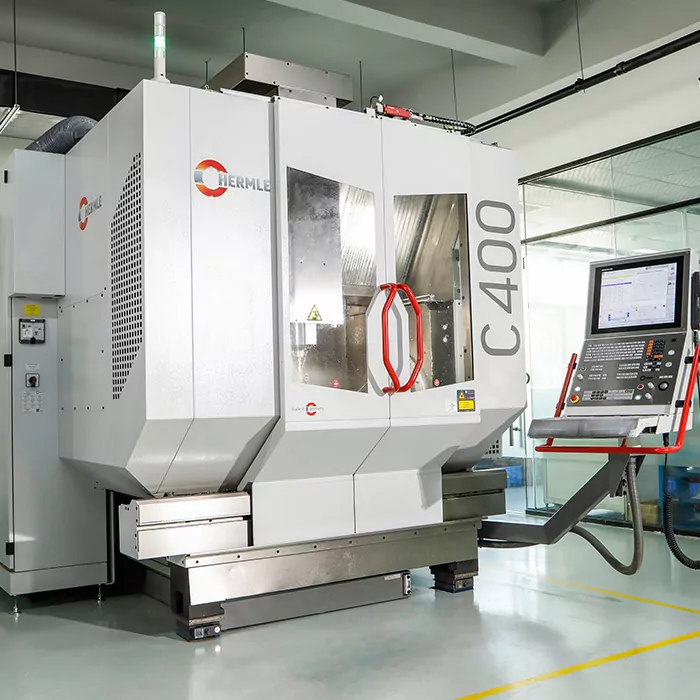Computer-Aided Design (CAD) has revolutionized the field of metal CNC machining, offering unprecedented precision, efficiency, and flexibility. By harnessing the power of CAD software, manufacturers can streamline their processes, reduce errors, and produce intricate metal components with ease. In this article, we will explore the various ways in which CAD enhances metal CNC machining processes and the benefits it brings to the industry.
Enhancing Design and Visualization
Leveraging the power of CAD in metal CNC machining processes allows engineers and designers to create complex 3D models with ease. CAD software provides a range of tools and features that enable the creation of intricate designs, ensuring that every detail is accounted for. With CAD, designers can visualize their ideas in a virtual environment, allowing them to make necessary modifications and improvements before the manufacturing process begins.
For example, a designer working on a metal component can use CAD software to create a detailed 3D model of the part. They can then simulate the manufacturing process, identifying any potential issues or interferences that may arise. By catching these problems early on, manufacturers can avoid costly mistakes and optimize the design for efficient production.
Streamlining Manufacturing Processes
Once the design is finalized, CAD software plays a crucial role in generating the instructions necessary for CNC machines to produce the metal components. By converting the 3D model into machine-readable code, CAD software ensures that the manufacturing process is accurate and precise.
Furthermore, CAD software allows for the automation of certain manufacturing tasks, reducing the need for manual intervention. This automation not only saves time but also minimizes the risk of human error. By leveraging the power of CAD in metal CNC machining processes, manufacturers can achieve higher levels of productivity and efficiency.
Optimizing Material Usage
Another significant advantage of using CAD in metal CNC machining processes is the ability to optimize material usage. CAD software enables engineers to analyze the design and identify areas where material can be removed without compromising the structural integrity of the component. By removing excess material, manufacturers can reduce waste and minimize production costs.
For instance, a CAD software can analyze a metal component and suggest modifications to reduce its weight while maintaining its strength. By leveraging the power of CAD, manufacturers can create lightweight yet robust components, resulting in improved performance and reduced material consumption.
Facilitating Collaboration and Iteration
CAD software facilitates collaboration between designers, engineers, and manufacturers, allowing for seamless communication and feedback exchange. With CAD, multiple stakeholders can work on the same design simultaneously, making real-time modifications and improvements. This collaborative approach not only speeds up the design process but also ensures that all perspectives are considered, resulting in a superior end product.
Moreover, CAD software enables easy iteration and prototyping. Designers can quickly modify the 3D model based on feedback and create new prototypes without the need for extensive rework. This iterative process allows for rapid product development and refinement, ultimately leading to better final products.
In conclusion, the power of Computer-Aided Design (CAD) in metal cnc machining processes cannot be overstated. From enhancing design and visualization to streamlining manufacturing processes, optimizing material usage, and facilitating collaboration and iteration, CAD software revolutionizes the way metal components are produced. By leveraging the capabilities of CAD, manufacturers can achieve higher levels of precision, efficiency, and cost-effectiveness, ultimately driving innovation in the industry.

